Peritoneal hydatidosis occurs secondary to the seeding of echinococcosis into the peritoneum, usually secondary to the rupture of hydatid disease of the liver.
Pathology
Seeding involves the entire peritoneum and gives appearance of a multiloculated mass.
Classification
Peritoneal hydatidosis can be primary or, more frequently, secondary to hydatid cysts in the liver or rarely in the spleen.
Primary peritoneal hydatidosis is rare. The mechanism of peritoneal infestation in such cases is not clear. Dissemination via lymphatics or systemic circulation has been implicated as a possible route 4.
Secondary peritoneal hydatidosis is almost always caused by hepatic hydatid disease and is related to seeding from spontaneous rupture of hepatic cyst into the peritoneum or spillage of cyst fluid during surgery. In both instances, depending on the patient's immune response, this sudden release of hydatid antigens into the peritoneal cavity can result in anaphylaxis. If this does not occur and viable organisms are present, then multiple cysts can develop.


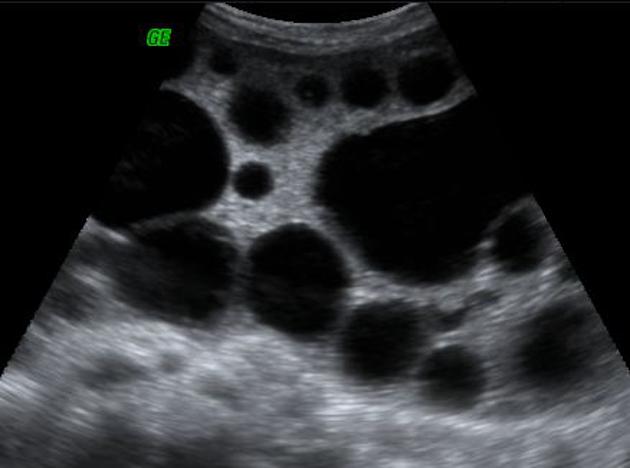
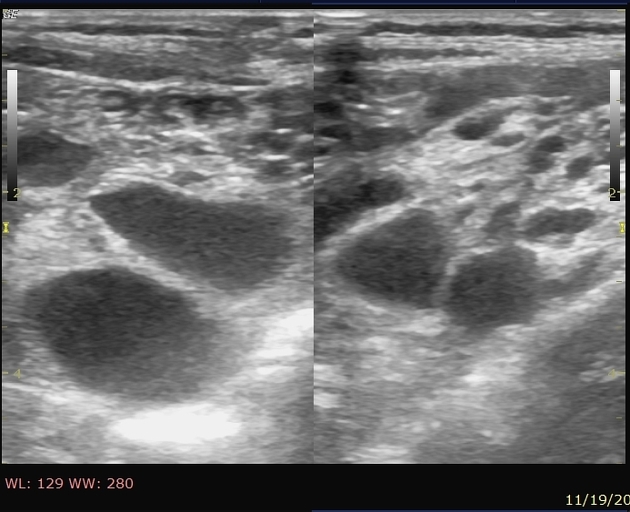
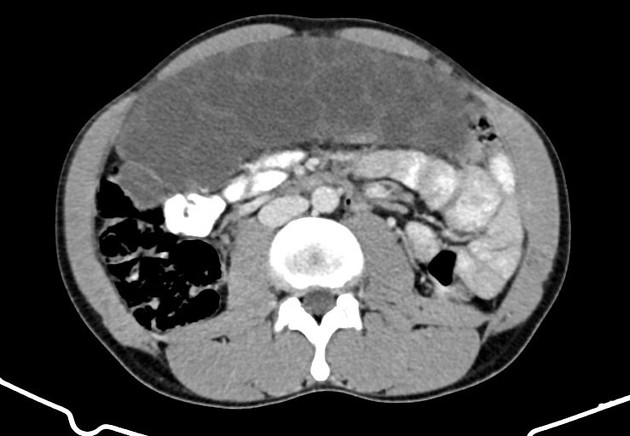
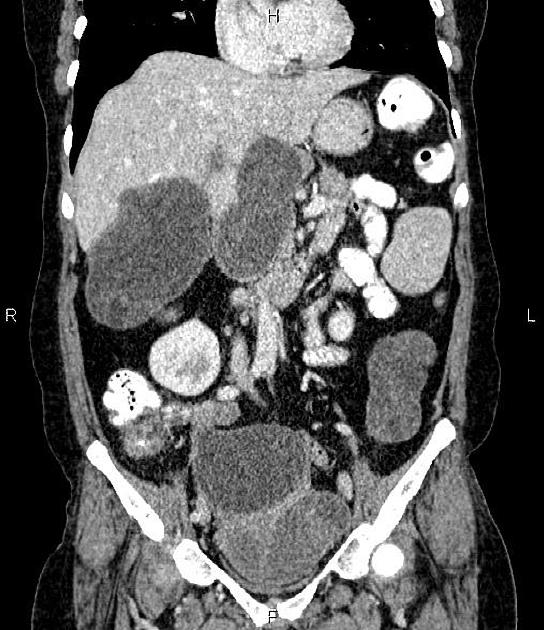
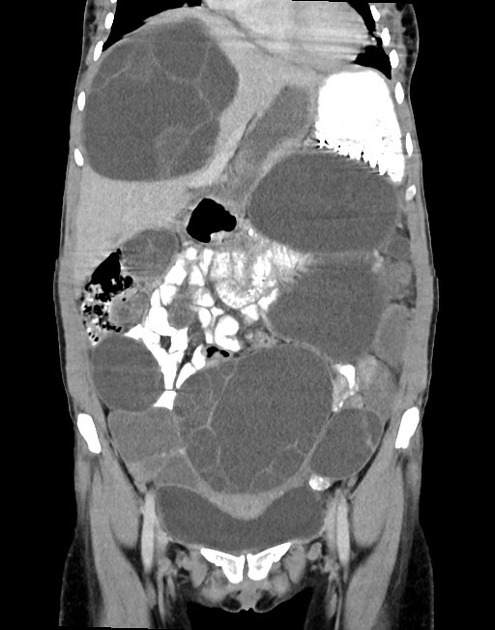
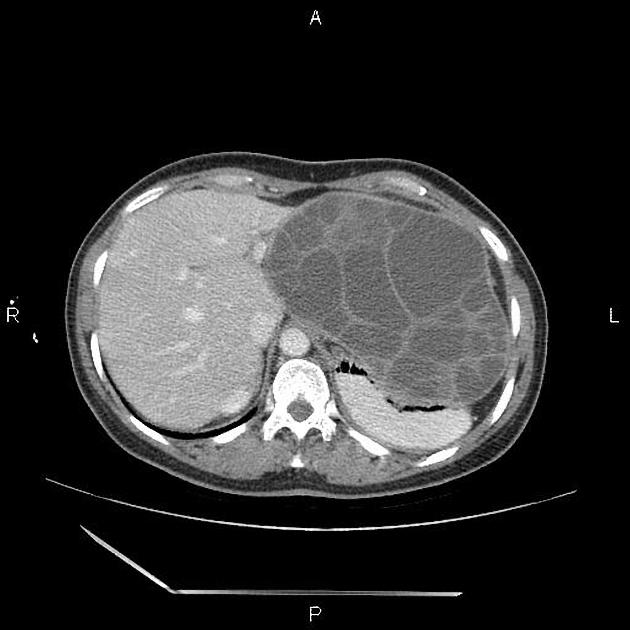
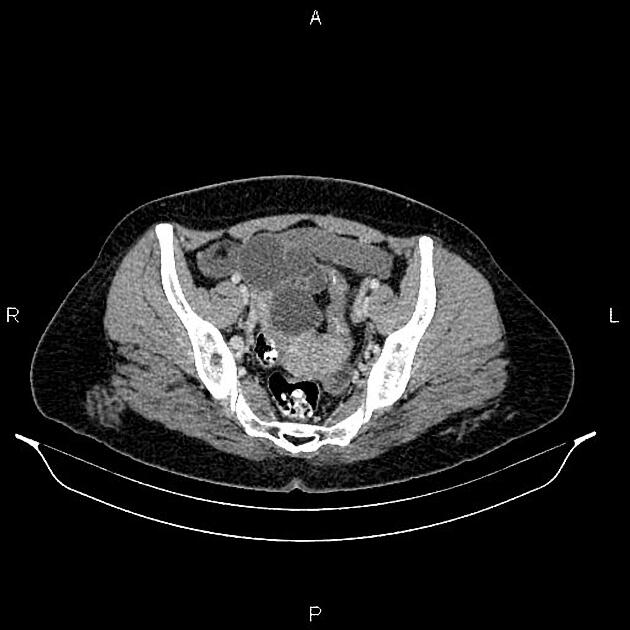
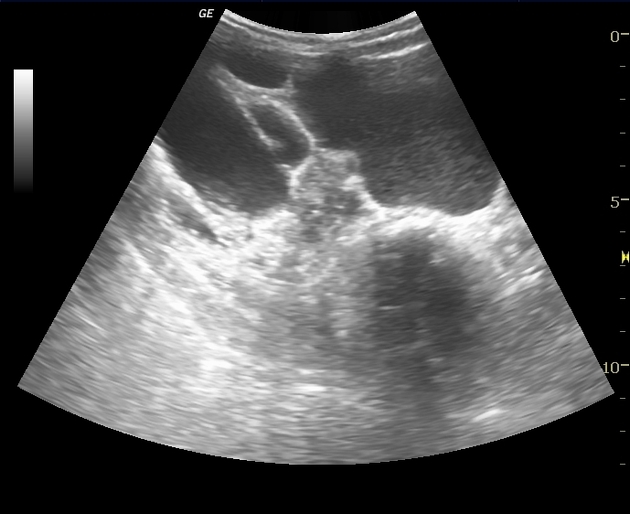


 Unable to process the form. Check for errors and try again.
Unable to process the form. Check for errors and try again.